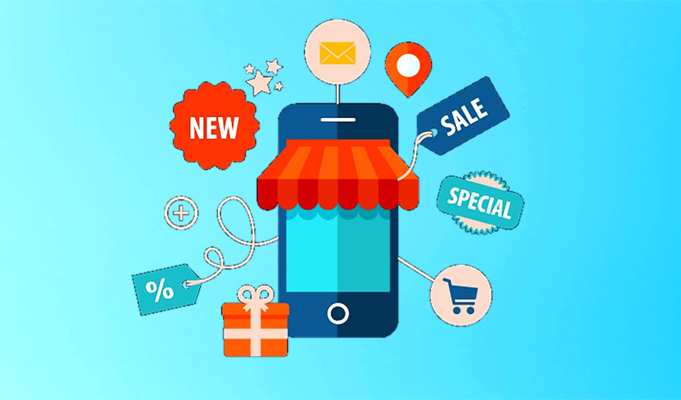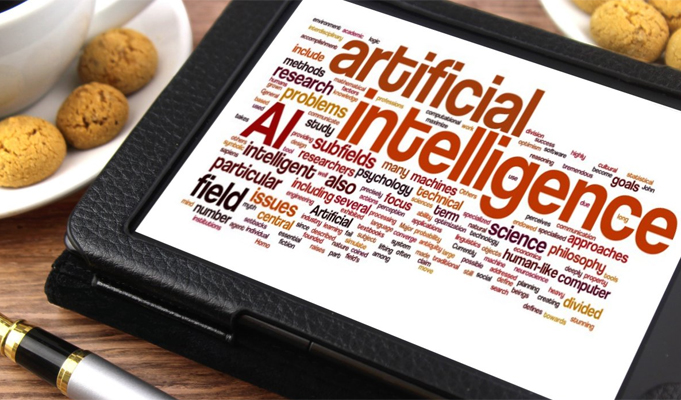
The increasing use of digital technologies in buying and selling merchandise for convenience and mobility pushed e-commerce in India to an inflection point in 2016.
The rapid growth of smartphones and internet connectivity across the country, especially in tier-II and III cities, gave greater access to virtual shopping and e-tailing for the tech-savvy generation and millennials.
India’s e-commerce market was worth about US $3.8 billion in 2009, it went up to US $17 billion in 2014 and to US $23 billion in 2015.
This figure, according to an ASSOCHAM-Forrester study, is expected to jump from $26 billion in 2016 to $103 billion in 2020. While in terms of the base, India may be lower than China and other giants like Japan, the Indian rate of growth is way ahead of others.
Against India’s annual growth rate of 51 per cent, China’s e-commerce market is growing at 18 per cent, Japan at 11 per cent and South Korea at 10 per cent, according to the joint study.
Given the potential of the e-commerce industry in India, Betaout, a SAAS based all-in-one e-commerce & B2C marketing software platform has identified key trends that will define 2017 for the category:
Demise of the Discounts

Companies will go after profitable growth rather than wooing customers with deep discounts (in other words, running on losses). A bigger user base will just be the cue for companies to reduce discounts and focus on profitable growth.
The Demonetization Impact

With the cash scarcity in the markets – Cash on Delivery will be impacted. The year 2017 will see near-complete digitization of payments for E-commerce companies
Consolidation

The trend of consolidation in the Indian e-commerce sector is here to stay. Mergers and acquisitions will lead the way as investors push for profitability and better unit economics. In addition, home-grown e-commerce players feeling the heat from international players will likely come together to enhance offerings and strengthen their market position.
Rise of Private Labels

The E-commerce industry in India is getting increasingly more competitive and therefore there is a need to stand out in the crowd. As the online ecosystem matures, private labels are expected to be the key differentiator, with their scope becoming more broad-based in coming years.
The Rise of Artificial Intelligence

With the advent of AI, companies can market their products more effectively by leveraging enhanced intelligence through application of data available along with analytics and tracking software. This will lead to more intense targeted marketing approaches.
The Chatbot Era

Chatbots, or chatter robots, are designed to simulate conversation with human users usually over the internet. They will gain prominence in 2017 and will assist E-commerce companies in providing seamless customer service – from start to the end of the purchasing process.
Commerce & E-Commerce

While we are already witnessing a rise in unified commerce, 2017 will see them come together as a single point of strategy and execution. The need will arise from the merging of IT infrastructures, aimed at seamless integration of physical and e-stores, thereby developing a single touch-point for multiple utility.


